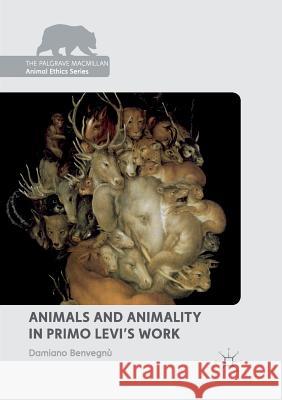Animals and Animality in Primo Levi's Work » książka
topmenu
Animals and Animality in Primo Levi's Work
ISBN-13: 9783030100360 / Angielski / Miękka / 2019 / 298 str.
Kategorie BISAC:
Wydawca:
Palgrave MacMillan
Seria wydawnicza:
Język:
Angielski
ISBN-13:
9783030100360
Rok wydania:
2019
Wydanie:
Softcover Repri
Numer serii:
000414447
Ilość stron:
298
Waga:
0.38 kg
Wymiary:
21.01 x 14.81 x 1.7
Oprawa:
Miękka
Wolumenów:
01
Dodatkowe informacje:
Wydanie ilustrowane











